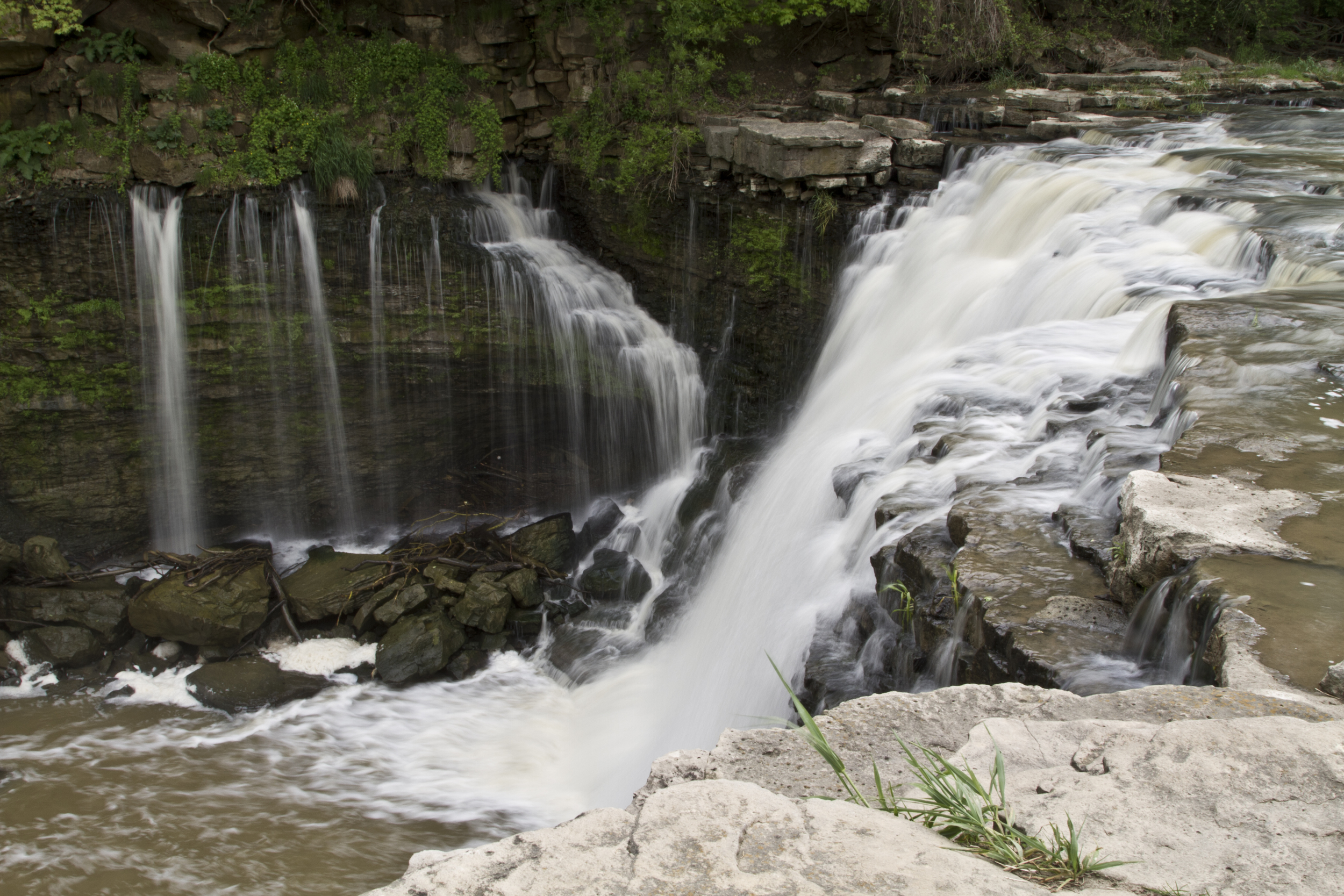

Snow Modelling Products on HydroClimateSight
With a big winter storm sweeping across Ontario over the past week, we thought it might be a good time to review the various snow modelling products available through the HydroClimateSight decision support platform.

Staff Research Highlight - Assessment of hydraulic and thermal properties of the Antarctic active layer: Insights from laboratory column experiments and inverse modelling
We’re pleased to highlight this publication, co-authored by Aquanty’s senior scientist, Hyoun-Tae Hwang, which investigates the hydraulic and thermal properties of the Antarctic active layer using laboratory column experiments and HydroGeoSphere (HGS) for inverse modeling.

HGS RESEARCH HIGHLIGHT – Simulating the recession dynamics of Arctic catchments in the context of a thawing permafrost
In a recent study, researchers have made significant strides in understanding how climate warming is altering the Arctic's hydrological dynamics. The study delves into the complex relationship between permafrost thaw and groundwater flow. Traditionally, Arctic hydrology has been conceptualized as a local system, confined by the frozen ground. However, as the climate warms, permafrost begins to thaw, transitioning this system into a more interconnected network of regional aquifers. This transformation is crucial, as it alters the fundamental dynamics of water movement and storage in the Arctic.

HGS RESEARCH HIGHLIGHT – Towards a climate-driven simulation of coupled surface-subsurface hydrology at the continental scale: a Canadian example
This study is an excellent example of how a physics-based approach to simulating integrated hydrology with HydroGeoSphere allows researchers to overcome the limitations of data scarcity. Allowing water to flow naturally (or as ‘naturally’ as possible for a digital environment) also simplifies the calibration process, as a well conceptualized watershed scale model should be able to accurately represent the integrated hydrology of the watershed inherently.

HGS RESEARCH HIGHLIGHT – Estimation of groundwater contributions to Athabasca River, Alberta, Canada
This paper evaluates surface water-groundwater interactions within the Athabasca River Basin (ARB). The fully integrated nature of HydroGeoSphere was a key contributor to this study, as these simulations allowed for clear accounting of the interaction between groundwater and surface water, while also incorporating influential hydrologic mechanisms like snowmelt/accumulation and evapotranspiration over a very large area.

HGS RESEARCH HIGHLIGHT – Subglacial Meltwater Recharge in the Dongkemadi River Basin, Yangtze River Source Region
The paper highlighted here is about the construction of a HydroGeoSphere model to simulate groundwater recharge due to the melting of water underneath a glacier under the influence of climate change, and represents the first attempts to account for the Dongkemadi Glacier in an integrated numerical model. The study site is a 40 km2, extensively glaciated catchment in the southwest portion of the Yangtze River Basin, on the Tibetan Plateau.

HGS RESEARCH HIGHLIGHT - Integrated surface-subsurface water and solute modeling of a reclaimed in-pit oil sands mine: Effects of ground freezing and thawing
The HydroGeoSphere model presented here was able to successfully simulate the water balance and water quality response of the reclaimed landforms, and the results indicate that the impact of winter processes (i.e., pore-water freeze/thaw) on infiltration and surface runoff are significant. Including freeze-thaw resulted in reduced infiltration during spring melt and reduced salt loading during winter. In total, a 20% reduction of chloride mass release (over an 8-year period) was simulated when freeze-thaw processes were included in the simulations. These results provide a strong argument for the inclusion if winter processes and coupled heat dynamics for detailed studies of integrated hydrologic processes in the Athabasca Oil Sands region.

